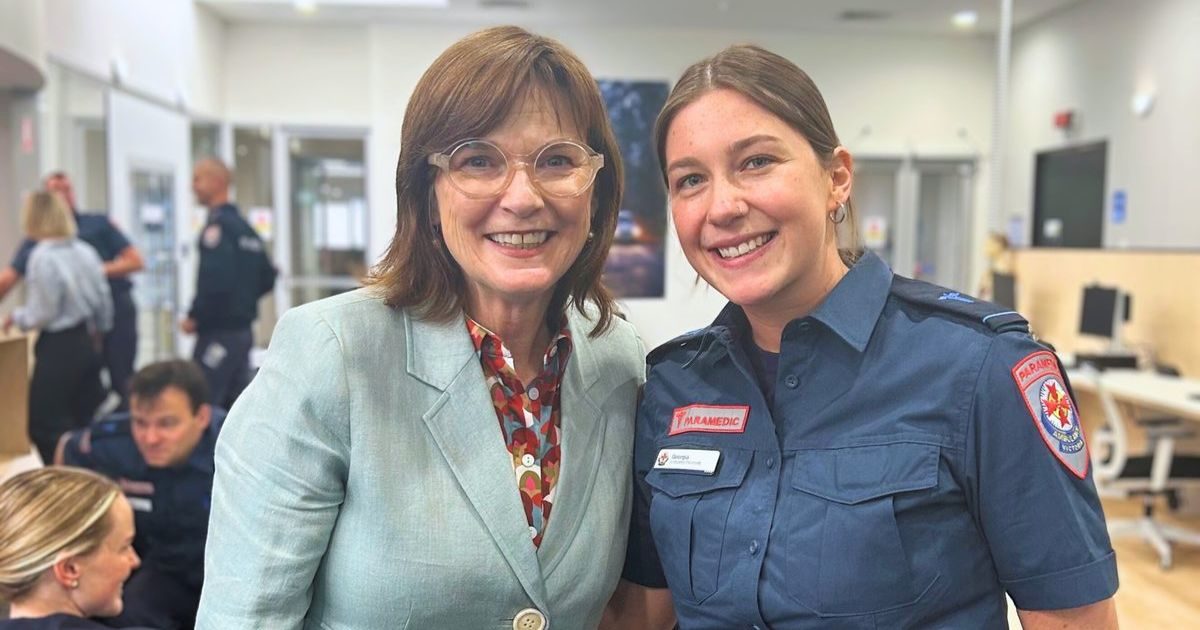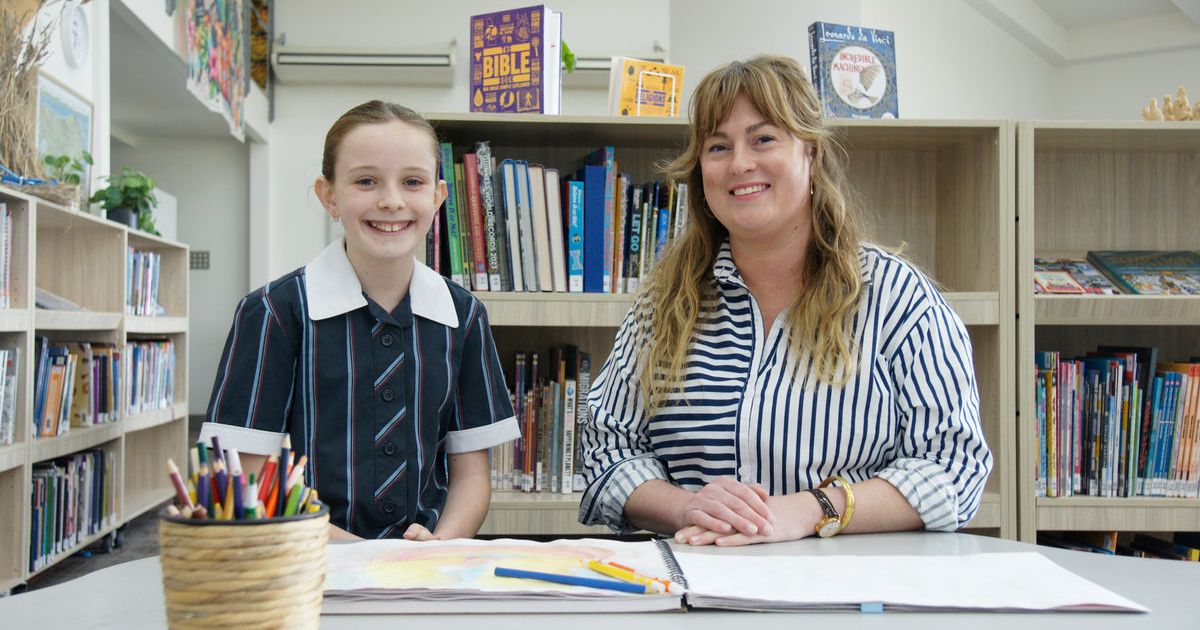Destocking under way as farmers crunch the numbers

The Australian Bureau of Statistics has revealed Australian cattle herd has lifted to 53.1 per cent, which places the industry in a destock phase.
WITH returns to farmers for beef and lamb well below previous highs, it looks like the industry is going through a destocking stage – the usual scenario after a few years of high prices where females were retained to up the numbers.
The latest quarterly statistics on livestock slaughtered and meat production from the Australian Bureau of Statistics (ABS) reveal the female slaughter rate (FSR) for the Australian cattle herd has lifted to 53.1 per cent, which places the industry in a destock phase.
This increase in the FSR comes alongside a 17 per cent lift in cattle slaughter to 2.1 million head for the June quarter, the highest since 2019.
Lamb slaughter lifted to 7.2 million head over the quarter, which is Australia’s highest lamb slaughter figure on record and the first time it has been above 7 million head.
Combined sheep and lamb slaughter rose 2 per cent from Q1 2024 and 16 per cent from Q2 last year to 9.9 million head which makes Q2 the largest quarter for sheep and lamb slaughter since Q1 1973.
According to Meat & Livestock Australia (MLA), Australia’s sheep flock has changed significantly over the past
50 years.
MLA senior market information analyst Erin Lukey said a move towards meat breeds, and more recently to shedding animals, has opened the door to a new way of production.
“The flock is operating in a new normal, with more lambs being grown, leading to more production.”

The industry uses 47 per cent FSR as a benchmark as to whether the industry is in a restock, steady or destocking phase.
A quarterly FSR of 53 per cent is the second consecutive quarter above this benchmark, which indicates the cattle herd has entered a destocking period.
Ms Lukey said that in the cattle industry, the ABS data showed the FSR had increased across the country.
“The ABS data has revealed lifts to FSR across all production states which has lifted to its highest female turnoff since 2019, and the largest quarter on quarter lift to their FSR among
other states.
“Thanks to four consecutive years that have allowed for rebuild and maintenance, the Australian cattle herd is high when compared to historic averages.
“Cow retention over this time has created a large female herd, which are now ready for turnoff.”
Saleyard prices remain well above year-ago levels, as strong demand for Australian beef in the global market helps to maintain confidence as production rises.
The increase in cattle slaughter has consequently led to an elevated beef production quarter as well.
Beef production rose 14 per cent from Q1 2024 and 19 per cent from Q2 last year to 648,763 tonnes.
This is the largest quarterly production total since Q2 2015, and the fourth-highest volume on record.
This was also a record quarter for lamb, with 177,147 tonnes produced over the quarter, 6 per cent above Q1 2024 and 19 per cent higher than the same quarter
last year.
Ms Lukey said high red meat export volumes over the June quarter show that demand is growing overseas at the same time that Australian supply is rising.
“Lamb slaughter across Australia lifted to its highest number ever with 7.2 million head processed in Q2.”

















